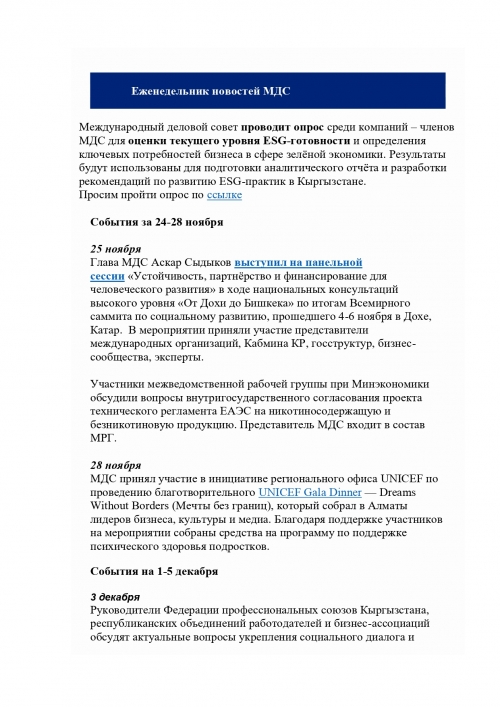Analysis /
Articles /
International conference discusses migration problems in Central Asia
Central Asia is an important region in terms of migration flows. Migration has a huge impact on security in Central Asia. Due to high unemployment and low living standards, there are threats such as the spread of drugs and human trafficking, religious extremism and separatism.
The Fergana Valley is a special place in the region, because it includes the south of Kyrgyzstan, eastern Uzbekistan and northern Tajikistan. The population density has always been high in this region. It is now 360 people per one square kilometer.
For comparison, in India the population density is 357 people per square kilometer. The population density in the Fergana Valley is six times higher than in Uzbekistan, 12 times higher than in Kyrgyzstan and 56 times higher than in Kazakhstan. Therefore, the theme of the conference was vital for Central Asia.
The conference was attended by Chairman of the PACE Committee on Migration, Refugees and Displaced Persons Thierry Mariani, Kyrgyz MPs and government officials, MPs from CIS countries, and representatives of international organizations and civil society.
The conference discussed regulation of migration flows in Kyrgyzstan, cross-border migration, the legal status and mechanisms of legal and social protection of citizens abroad, the role of Parliament in migration, and cooperation between Kyrgyzstan and the PACE.
Migration is a natural phenomenon as old as history itself, and it will continue further. People always go outside their home countries searching for a better life or job, or for education and research purposes.
“But self-respecting states prefer to create conditions for its citizens to live and work at home,” Kyrgyz Parliament Speaker Asylbek Jeenbekov said at the International Conference on Migration in Central Asia, held by the Kyrgyz Parliament and the Parliamentary Assembly of the Council of Europe (PACE) on June 2 in Bishkek.
Labor migration
After the collapse of the Soviet Union, Central Asian states faced social and economic crisis, and employable, socially active people began to leave their homes en masse, mostly for Russia, in search of jobs.
More than one million of Kyrgyz citizens are now working in the CIS countries. Modern migration processes significantly affect the rate of economic growth, balance of payments, population dynamics, and inter-state relations. According to the State Registration Service of Kyrgyzstan, migration leads to serious imbalance of population between countries and between regions within Kyrgyzstan. In the south of the country, thousands of citizens cross the border every day in search of job in trade, construction, and agriculture sectors in the border areas of Uzbekistan and Tajikistan.
In Kyrgyzstan, nearly two-thirds of the population lives in villages, and 61% of the unemployed are villagers. Migration has increased due to relocation of villagers to the cities in search of jobs.
cess will continue in the next ten years. To reduce migration, it is necessary to develop all regions including small towns and villages. "With Kyrgyzstan’s entry in the Eurasian Economic Union, labor and all other rights of migrants from Kyrgyzstan, their health and social security will be improved," said Jeenbekov.
Employment
About 55,000 young people finish schools every year in Kyrgyzstan. The vast majority of them enter higher and vocational educational institutions, and the others enter the labor market. Given that about 42,000 people get higher education degrees annually, and 16,000 finish vocational schools, plus unemployed people, the Government should create about 70 thousand jobs annually, Jeenbekov concluded. To implement this plan, the country should replace its re-export economy with an economy based on production, agriculture, and services. The Government's socio-economic development program provides for creation of 350,000 jobs in the coming five years.
Human trafficking
Kyrgyzstan is a country of origin of human trafficking. According to Chairman of the Committee on Social Policy of the Kyrgyz Parliament, Erkin Sakebaev, there is also internal human trafficking in the country.
The most common forms of human trafficking are labor exploitation of men and women, and sexual exploitation of women. There are also facts of sale of babies and young children.
In 2003, Kyrgyzstan ratified the main international acts aimed at combating human trafficking.
Migrants in Kyrgyzstan
About 100,000 foreigners and stateless persons arrive in Kyrgyzstan annually, mostly from China, as well as from Turkey, South Korea, Iran, Pakistan, Russia, Kazakhstan, and Uzbekistan. Basically, they carry out business activities in the markets of Kyrgyzstan. Some of them work in the business services, mining, agriculture, construction, and education.
About 20,000 Chinese citizens live and work in Kyrgyzstan. They are engaged in trade, as well as in the construction of the Bishkek-Naryn highway and Junda oil refinery in the Kara-Balta city in the Chui province.
Demographic development
According to official data, Kyrgyzstan’s population is now 5.8 million. Kyrgyzstan has a large segment of the youth population (33%), and 60% of the population is of working age, and about 7% are persons above the working age. More than 2 million people are economically active while 8.3% are registered as unemployed.
According to forecasts, Kyrgyzstan’s population will increase to 7.5 million by 2030, and it will be a peak of demographic development, and then a decline in the birth rate will follow. At the same time, 2.5 million Kyrgyz citizens will face problems with purchase of housing, which is also a reason for labor migration.
Summing up the results of the conference, Thierry Mariani said that the conference has been the first step in addressing migration issues in Central Asia and PACE stands ready to support Kyrgyzstan in solving migration problems.




























